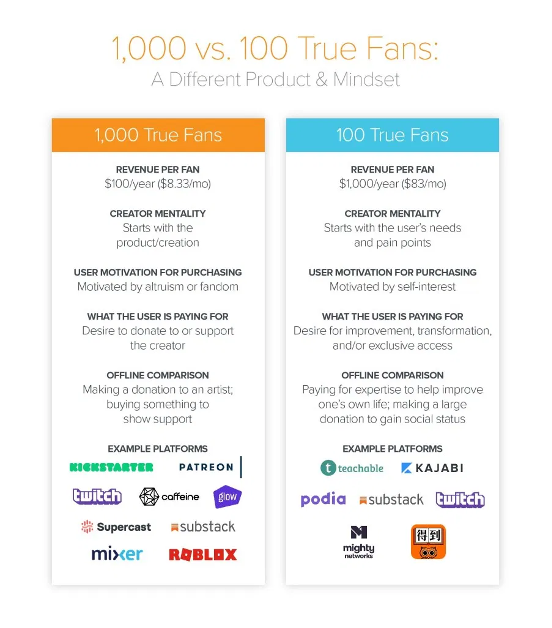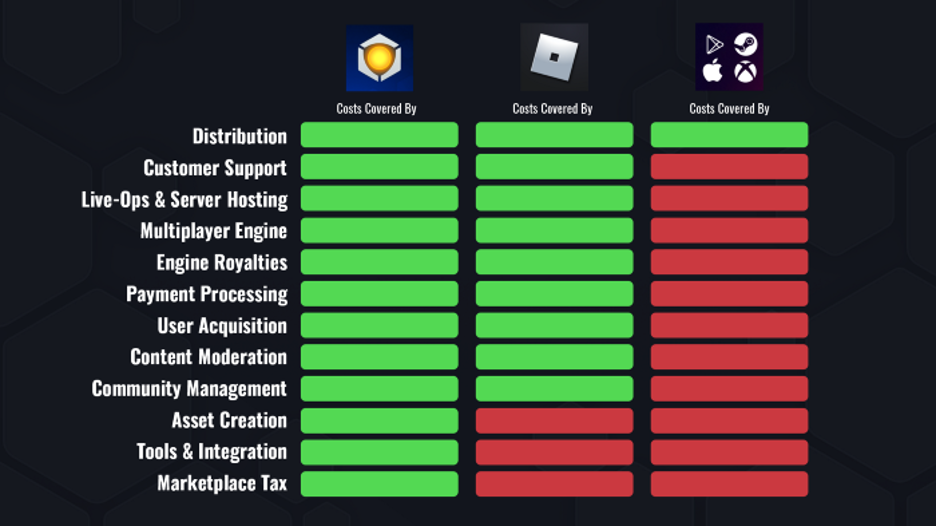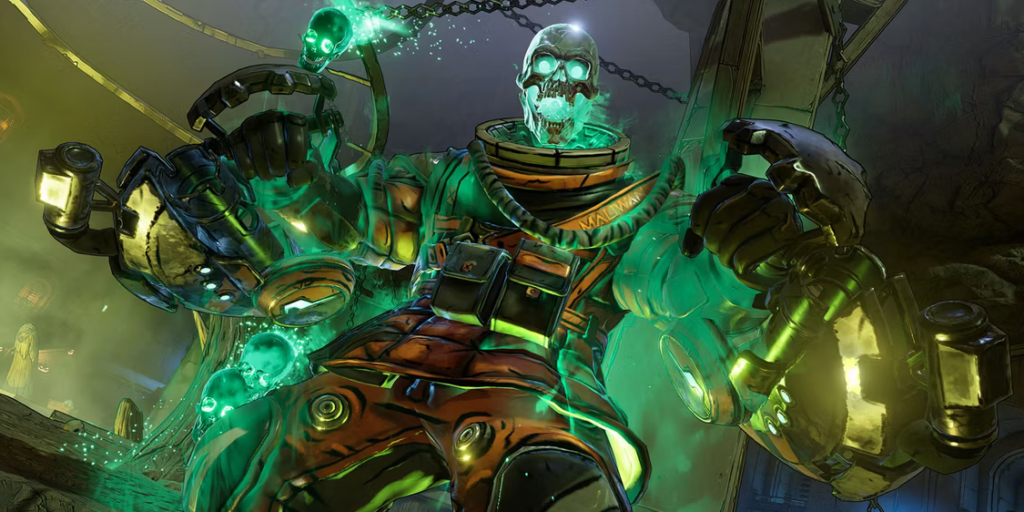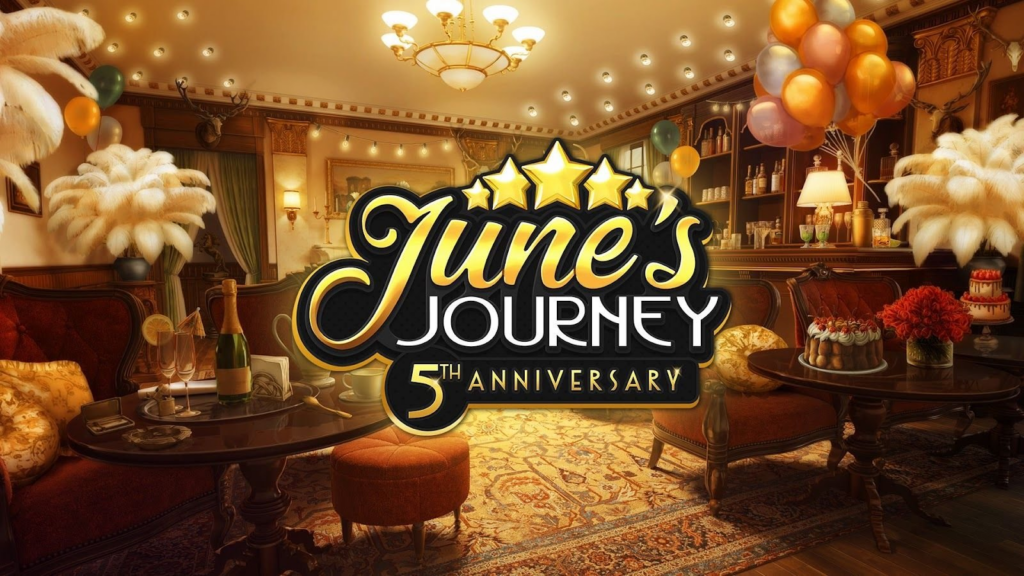This essay was written by Matt Dion. Apart from being a content consultant at Naavik, Matt is product manager at EA Mobile.

Lately, I’ve been fascinated by NoPixel, a role-play (“RP”) server for Grand Theft Auto V. Many of the top Twitch streamers have flocked to NoPixel, helping drive game sales and user counts to incredible heights. Viewership on Twitch has also spiked as the server has gained notoriety for its revolving cast of characters and unique viewing experience.
This essay explores why NoPixel — essentially, an elaborate set of mods for an eight-year-old game — is not only a wildly successful passion project, but a pioneering step in the next evolution of user-generated content (UGC).


More than simply a private server, NoPixel has added incredible depth to the Grand Theft Auto V experience. The NoPixel development team, led by Australian streamer Koil (himself an active roleplayer on the server), has built systems and tools enabling a human-controlled police force, player EMTs and doctors, custom emotes and chat systems, lawyers, shopkeepers, and even a bespoke economy filled with specialized items, food and drink (to satisfy each character’s hunger and thirst meter), illicit drugs, custom vehicles, weapons, and real estate.
This has all been complemented by a rich set of virtual and IRL drama surrounding the roleplayed characters, many of whom are voiced by famous streamers. Félix “xQc” Lengyal, Jaryd “summit1g” Lazar, and Chance “Sodapoppin” Morris, are among the regulars who drop into RP as one of their many distinctive characters. You can find a great primer on the world of NoPixel here.
From RPs to Creators
I’ve been teasing out what it is that intrigues me about NoPixel so much. Other industry-watchers have taken note of its nature as a sort of next-generation reality show, which has interesting overlap with the emerging genre of MILEs and the evolution of interactive entertainment more broadly. While the raw viewership numbers are obviously eye-popping (especially for a game released nearly 8 years ago), the more interesting learnings for me have been tied to NoPixel’s place in the broader evolution of modder creations.
If we were to step back and look at NoPixel from a high level, we would see it as not just a breakout GTA mod, but rather as an important intersection of two macro trends:
- The growing importance of user-generated content to the games industry
- The emergence and continuing evolution of the Creator Economy
Koil and his NoPixel colleagues and collaborators are early examples of a new wave of gaming creators, respected by players and developers alike for their ability to innovate new interactive experiences and bring massive audiences to bear against their collective vision. These neo-auteurs are supported by an increasingly robust ecosystem of tools, platforms, and services built to aid creators in standing up viable businesses without the need for publisher support. In fact, it may well be the case that publishers will be the ones that need these creators, rather than the opposite. This ecosystem will only strengthen over time, further enabling and empowering game creators of the future to reimagine what it means to develop new game IP.
Before exploring this thesis further, however, it’s important to understand how we got here. Far smarter people than myself have already written volumes about the Creator Economy, so I won’t go too deep on the topic here. However, mods and breakaway UGC creations have been a prevalent form of disruption and innovation in the gaming industry, so let’s first dive into their origins.
A History of Mods, Part 1: Separate Files
“Mods”, short for “modifications”, is slang for any sort of fan-created alteration of a game, ranging from a minor code tweak or visual upgrade all the way up to a complete re-skin of the game, otherwise referred to as a total conversion. The use of mods can be traced back to the early ‘80s and the Apple II, where one of the earliest mods, Castle Smurfenstein, parodied the classic Castle Wolfenstein.
The modding scene really began to take off in 1993 with the release of id Software’s seminal first-person shooter Doom. The developers of Doom packaged their game’s textures, sprites, and maps into a file separate from the game engine, allowing fans and proto-modders to create their own levels. This crucial innovation opened the door to an entirely untapped source of creativity: the passionate fans. In subsequent years, Doom’s development team created user-friendly tools that enabled level editing, new monster creation, and alteration of core game mechanics. This opened up entirely new possibilities for modding, and the number of fan-created Doom mods exploded. The Doom modding scene continues to this day, perpetuated by communities like Doomworld. (My personal favorite? Chex Quest).

Part 2: Unveiling the GoldSrc
The modding movement turned a corner when popular mods grew to support entire studios of developers. Valve Corporation has been the poster child of this trend, acqui-hiring the developers behind popular mods as a means of growing its own business. In fact, much of Valve’s success can be directly attributed to modding, as its own breakout hit Half-Life was built on the GoldSrc engine, a heavily-modified version of the Quake engine created by the aforementioned id Software.
Valve actively encouraged a modding community around Half-Life by releasing the GoldSrc software development kit (SDK) for free and even helped some user-created mods develop a following of their own. It is here where modding history reached its next evolutionary phase. Rather than encouraging active creator communities for altruistic reasons, Valve saw the business potential in supporting mods to its own titles.
Perhaps the most successful of these, Counter-Strike, was acquired by Valve shortly after its beta release in 1999. Valve then hired the two developers behind Counter-Strike, Minh Le and Jess Cliffe, and continued to build upon its initial success. The company has now released four titles in the Counter-Strike series, with the most recent, Counter-Strike:Global Offensive (CS:GO), continuing operations to this date as one of the top tactical shooters and competitive esports in gaming.
Another of Valve’s core franchises, DOTA 2, can also be attributed to the efforts of the modding community. Its initial incarnation, Defense of the Ancients, was released in 2003 with the use of the “World Editor” tool in Blizzard’s Warcraft III: Reign of Chaos. It underwent a number of updates by a variety of mostly anonymous developers: names like Eul, Guinsoo, and IceFrog--the latter of whom was eventually hired by Valve in 2009 to lead the team tasked with developing a sequel to the popular mod. DOTA 2 would go on to define the new “MOBA” genre (alongside Riot Games’ League of Legends) and set the standard for esports competitions with its annual event, The International, regularly generating enormous prize pools. Notably, DOTA 2 also played an early role in the development of the “battle pass” feature, one of the dominant monetization and engagement features in free-to-play gaming today.
Part 3: Mods Go Indie
While Counter-Strike and DOTA 2 continue to be massive success stories in the context of their humble beginnings as player-created mods, they are perhaps more noteworthy as wholly-owned products of Valve Corporation. Valve has been able to capture huge value from these titles, while Blizzard lost out on a new franchise developed ostensibly with its own tools and IP.
Setting aside the question of whether Blizzard could have done more to keep that value in-house (we’ll return to this topic later), these two franchises demonstrate the scalability of UGC from a business perspective, and the potential upside to publishers of actively supporting a passionate modding community.
More recently, a newer generation of modders following in the footsteps of these titles have managed to find success of their own while maintaining control of their IP. One such example is Playerunknown’s Battlegrounds, or PUBG. Initially created by developer Brendan ‘PlayerUnknown’ Greene as a mod of open-world survival game DayZ (a mod he also created, which itself was a mod of military simulator ARMA 2), PUBG pioneered the battle royale craze that still dominates the first-person shooter genre today. After creating the initial DayZ mod and generating some buzz online, Greene bounced around as a consultant until a Korean company called Bluehole offered him a role as Creative Director. This is where PUBG was born. As the game’s popularity began to skyrocket, Bluehole formed a subsidiary specifically for the franchise: PUBG Corp. Bluehole eventually rebranded as Krafton, and is now set to IPO with the PUBG franchise contributing more than 95% of its revenues.
Another modder-created business that followed a similar path to PUBG Corp. was Hypixel Studios, a company formed by the developers of the popular Hypixel Minecraft server. First created in 2013, Hypixel is a Minecraft minigame server, where players can join and play multiplayer user creations such as SkyWars, Mega Walls, and Build Battle, among others. The server proved to be so popular that it earned four Guinness World Records. By 2015, the team behind Hypixel had grown to 26 developers and an additional 100 volunteer support staff, accruing operating costs of nearly $100,000 per month for wages, hardware, and other infrastructure. Interestingly, the Hypixel team modeled itself after Valve, taking no formal roles and working on projects driven by individual leaders who must attract others to work with them.
This was not without its challenges, though. Many of Hypixel’s minigames were based on Minecraft exploits. The team was essentially breaking Minecraft in ways that were fun and interesting for players. This also put them at odds with Mojang, the developers of Minecraft. If Mojang fixed an exploit, it could immediately destroy any number of minigames. Mojang also had an End-User License Agreement (EULA) to enforce, which prevented anyone but Mojang from profiting off of Minecraft. Prior to enforcing the EULA, Minecraft servers had been entirely unregulated, with many offering pay-to-play or pay-to-win elements. Hypixel and others found themselves in a tough spot, and while Mojang did eventually carve out exceptions for server operators, the team ultimately broke away from Minecraft and began work on what would eventually become Hytale.
Fast forward to December 2018, when Hytale debuted with a bang, dropping a record-breaking trailer that generated massive buzz. While the game still has not been released (it’s expected to debut sometime in 2021), the team garnered enough momentum to catch the eye of Riot Games, which acquired the company for an undisclosed sum in April 2020 after previously investing in the team.
“It’ll help the studio take another leap forward in our journey from mod team to professional developers, and allows the team to realize our vision for Hytale.”
--Simon Collins-Laflamme, Co-founder of Hypixel Studios
If DOTA 2 and Counter-Strike brought professionalization to the modding community, Hypixel Studios and PUBG Corp. paved a different path entirely: entrepreneurship. Rather than be absorbed into a large corporation, these companies leveraged the financial and operational resources of a publisher to scale their own studios, resulting in nice exits for the founders. More importantly, these creators are able to continue doing what they love to do: create!
The Role(play) of NoPixel
Now that we’ve traced the journey and stewardship of game mods from fan communities to indie developers to giant publishers, we can return to the case of NoPixel.
NoPixel differs meaningfully from its predecessors in its exclusivity as a destination for top streamers and content creators. To ensure the quality and consistency of NoPixel’s roleplaying, prospective players must first go through an application process to be considered for entry into the server. Access is so highly sought after that an entire secondary market of application writers has sprung up. With a limit of 250 players at any given time (up from just 32 in 2019), a lengthy waitlist has popped up, leading to the opening of a public sister server. This high bar for entry has led to NoPixel being more of a spectator-driven success, as opposed to the broadly participatory experience offered by the aforementioned franchises.
To gain access to the application itself, viewers must first become donors at a minimum of $15.
Applicants can then pay more for a higher priority in the queue, with five tiers ranging from $30 to $1,000. If this sounds familiar, that’s because it is essentially a tiered patronage model.

Devoted fans of NoPixel have multiple avenues for engaging with the roleplay server:
- They can donate at different tiers, as noted above;
- They can maintain an ongoing (optional) subscription;
- They can donate directly to their favorite RPers during their Twitch streams;
- They can get into the server and play the game themselves (if they’re lucky);
- To shortcut the grind of earning money in the rough streets of Los Santos, players can also buy “DEV Coin”, redeemable for virtual cash to be used in the NoPixel economy.
Between the application process, the tiered priority fees, and the virtual currency available for purchase, NoPixel seems very professional. However, it is important to note that NoPixel is still an independent endeavor, operated entirely without the support of GTA publisher Rockstar Games.

Previously, it was revealed by Arachnea (Koil’s partner) that running NoPixel costs $10,000 per month -- no small sum for an independent development team. Furthermore, NoPixel relies heavily on another mod called FiveM to enable multiplayer and various other improvements to the core Grand Theft Auto experience. On multiple occasions while watching NoPixel streams (“researching”), I witnessed FiveM crash at critical moments of gameplay -- moments that would cause most players to rage-quit immediately.
During one xQc stream, he and his squad spent a solid 30 minutes or more preparing for a heist. They decided to make a pitstop at a clothing store to coordinate their heist outfits, and after doing so for another 10 minutes, xQc’s FiveM client crashed; he had to start the process over again. In the screenshot below, summit1g encountered a FiveM crash in the middle of a similarly drawn-out bank heist. The result, on both occasions, was a brutal experience for streamer and viewer alike.

This is not intended to throw stones at FiveM, but rather to illustrate the point that NoPixel is still reliant on community-driven tools. As independent creators, Koil and his team are forced to build on top of existing tools, services, and platforms. In some ways, this is the way that modding has always operated. However, with creator tools continuously improving, more solo creators and small teams are enabled to earn a living pursuing their passions. It’s only a matter of time before businesses begin to crop up to support these mod creators, allowing them to both remain independent and attain massive scale.
Finding Modders a Home in the Burgeoning Creator Economy
Many companies have already begun to invest heavily in this area. Existing games and social hubs -- what investor and industry-watcher Matthew Ball has referred to as “digital theme park platforms” -- have developed tools and game modes for creators to tinker with. Creative Mode in Epic Games’ Fortnite is an excellent example of this. Again, Matthew Ball:
“The CEO of Epic Games, meanwhile, openly admits that its goal is to not care if the centrally-programmed “Fortnite: Battle Royale” dies. Instead, it wants the world to use Unreal Engine and/or Epic Online Services and/or Fortnite’s creation tools to independently design and operate anything they can imagine — even a better Fortnite.”
To that end, Epic Games has also backed Manticore Games, another UGC-driven game creator platform, built on Epic’s Unreal Engine. Manticore has touted its industry-leading revenue share as a selling point for creators in the hopes that the next Half-Life, DOTA 2, or PUBG will be created with it’s tools.

But what of the Blizzards and Rockstars of the world — publishers that don’t have the ability to open up their game engine to all comers, but whose games form the basis of many new and innovative interactive experiences? How should they seek to capture the value that creators bring to their titles, while simultaneously encouraging more creators to build on their digital theme park platforms? Surely it can’t be as simple as taking a more developer-friendly revenue split? Otherwise, there would be a race to the bottom until a deep-pocketed company (perhaps Epic, again) take revenue share whatsoever.
One such venture aiming to solve this problem is mod.io. Rather than seeking to lure developers to a new platform, mod.io strives to empower creators by continuing the tradition of modding, putting tools in the hands of the players. Its goal is to bridge the gaps between developers, modders, and players to the benefit of all parties. Mod.io helps studios integrate UGC creations into games in ways that players can enjoy, creators can benefit from, and developers can analyze and properly value.
Founder and CEO of mod.io, Scott Reismanis, laid out his vision for the future of mods and modders in a recent interview with Naavik. Crucially, he sees creators sticking with existing games and audiences as monetization improves and they begin to realize just how difficult it is to develop their own tools, tech, and communities independently. This is an interesting swing of the pendulum back towards publishers and away from true independence.
But what if creators didn’t have to concern themselves with a profit motive? What if they could work as a collective, free of the growth expectations that a publisher would expect? This is essentially the promise of a creator-driven decentralized autonomous organization, or Creator DAO, where developers, players, and investors alike could all participate in ownership of the collective organization.

Participants, be they contributors or consumers, would implement a smart contract that would allow for tokens to be distributed in return for labor or money. The owners of these tokens would then be able to do with them as they please, but would ultimately (as part owners of the collective) be financially incentivized to promote the project itself, thereby increasing the value of their holdings. Imagine if NoPixel were structured as a Creator DAO: the players, developers, and supporters would all benefit from evangelizing the game, growing the player base, and contributing to its ongoing improvement.
Continuing with this hypothetical, suppose that Rockstar eventually releases Grand Theft Auto 6 (crazy, I know). As part owners in NoPixel, anyone with a token could have a say in the future of the project. Maybe GTA 6 is full of bugs when it is released, a la Cyberpunk 2077; token holders might then vote to put funding towards additional server support for GTA V to fill the gap in Rockstar’s offerings. On the other hand, if GTA 6 were immediately successful and the audience suddenly migrated to the newer version, token holders would still have an ownership stake in whatever revenues NoPixel is able to earn there. They’d also be able to contribute to next-gen improvements, ports to new platforms, or even the creation of a new NoPixel server on top of an entirely different game.
While we have not seen this model executed at scale yet, I suspect that there will be large overlaps between the digital theme park platforms of the future and Creator DAOs organized to populate these theme parks with improvements, perhaps even breaking off and creating their own theme parks as they grow in sophistication. After all, someone needs to build the rides, attractions, paths, and connectivity of these parks — and what the park owners plan to build won’t always align with what the park visitors want to see.
However things shake out in the future, I believe that we are at a pivotal moment in the evolution of modding. NoPixel’s status as a nexus of creators and modders may prove to be the first of many paradigm-changing, user-generated entertainment experiences.








